Reportar esta entrada
Más sobre la misma comunidad-colección
Centro de Mantenimiento y Almacenamiento del Tranvía de El Paso
El Paso Streetcar: The El Paso Streetcars’ home will be the ...
Centro de Mantenimiento y Almacenamiento del Tranvía de El Paso
El Paso Streetcar: The El Paso Streetcar Maintenance and Storage ...
Centro de Mantenimiento y Almacenamiento del Tranvía de El Paso
El Paso Streetcar: The El Paso Streetcar Maintenance and Storage ...
Construcción de la ruta del Tranvía de El Paso
El Paso Streetcar: All of the tracks, including this section in ...
Construcción de la ruta del Tranvía de El Paso
El Paso Streetcar: Construction crews worked diligently ...
Construcción de la ruta del Tranvía de El Paso
El Paso Streetcar: Construction crews worked diligently ...
Construcción de la ruta del Tranvía de El Paso
El Paso Streetcar: Construction of the 4.8 mile streetcar route ...
Construcción de la ruta del Tranvía de El Paso
El Paso Streetcar: Construction of the 4.8 mile streetcar route ...
City Police Motorcycle - El Paso, Texas
A police officer poses for a photograph with his Harley-Davidson ...
Construcción de la ruta del Tranvía de El Paso
El Paso Streetcar: Construction of the 4.8 mile streetcar route ...
Ingenieros del Tranvía de El Paso
El Paso Streetcar: Stephanie Maltby is one of more than a dozen ...
Ingenieros del Tranvía de El Paso
El Paso Streetcar: Anthony Alfonso was one of more than a dozen ...
Ingenieros del Tranvía de El Paso
El Paso Streetcar: Gilbert Gardner was one of more than a dozen ...
Gráficas del Tranvía de El Paso
El Paso Streetcar: Construction of the El Paso Streetcar project ...
Residence of Charles E. Davis - El Paso, Texas
Photos of Charles E. Davis Jr.'s residence located at 625 W. ...
The Mine and Smelter Supply Co. - El Paso, Texas circa 1905
Photo of the Mine & Smelter Supply Co. located at 101 San ...











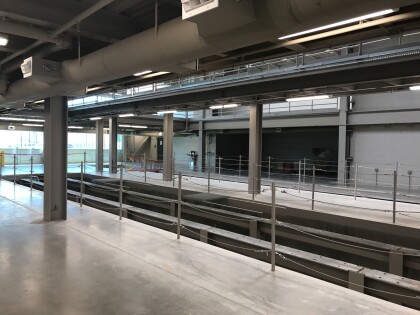
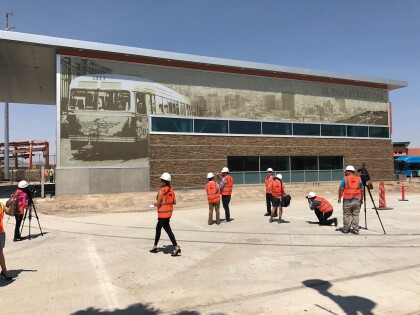
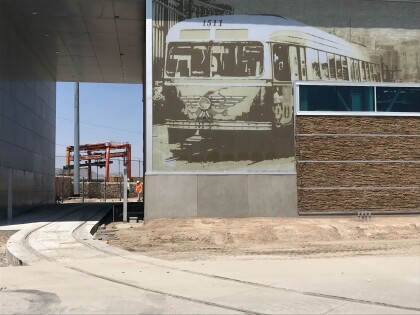
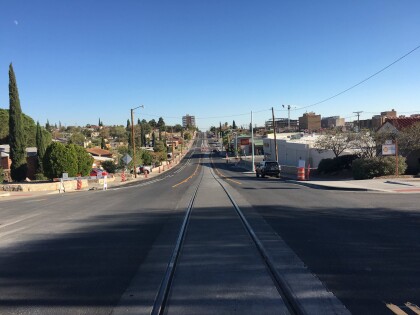
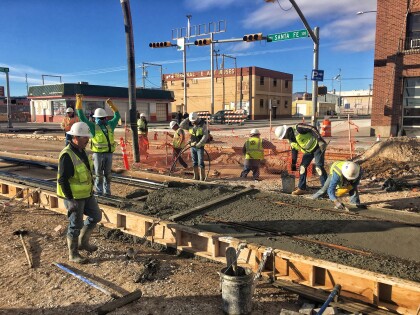
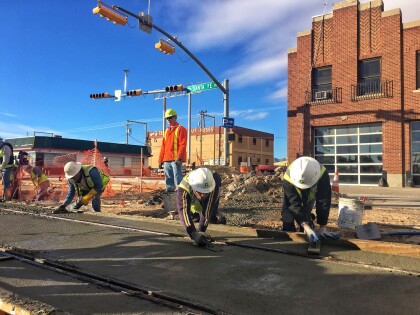
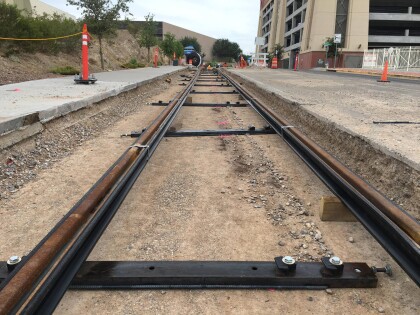
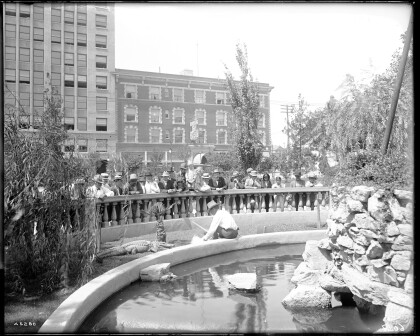
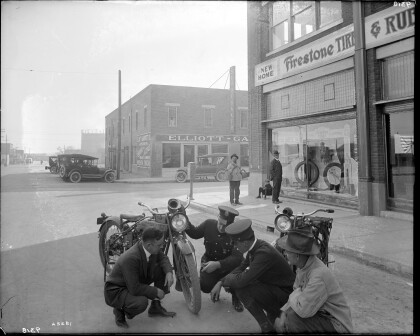
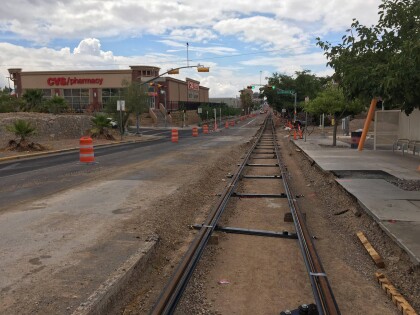
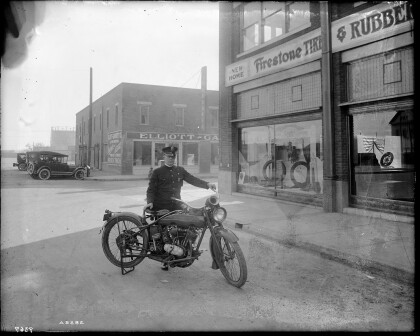
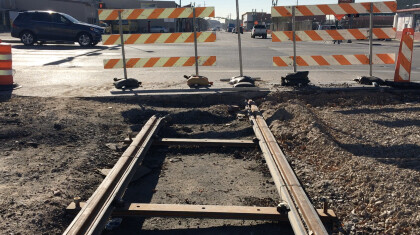

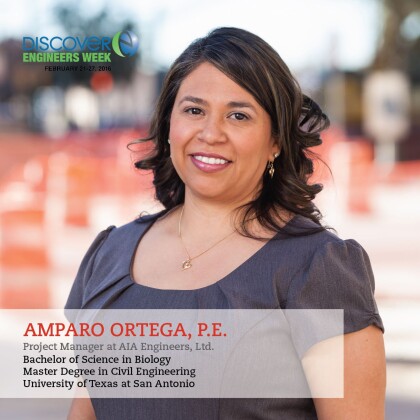



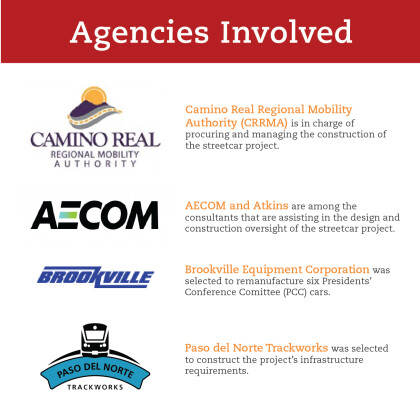
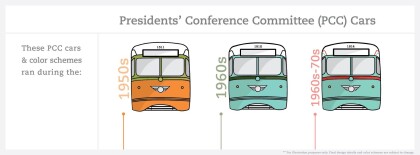
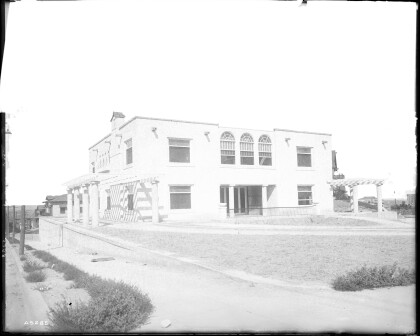
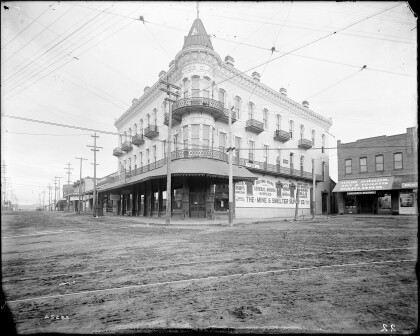
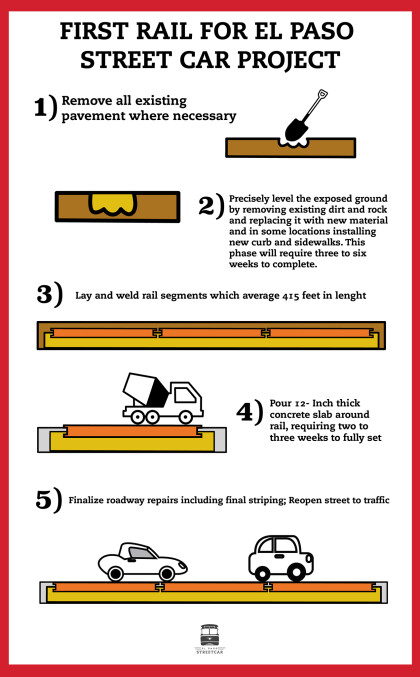
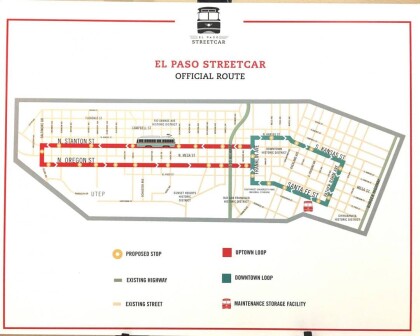
Comentarios
Hacer un comentario